Link to Water Monitoring for Trozzo and Winlaw Creek Water Users Fall 2022:
https://slocanriverstreamkeepers.wordpress.com/2022/09/29/trozzo-and-winlaw-creek-water-users-3/
Slocan River Community Water Monitoring 2020-2021
This community-based monitoring program has been happening intermittently since the 1990’s and was re-implemented more recently in 2019. It aims to monitor the effects of climate change and human factors on aquatic and floodplain ecosystems that provide habitat for many species including various species at risk and provides drinking sources and agricultural irrigation to local communities. There is an environmental education program that aims to connect students to the rich and diverse web of life that contributes to a healthy watershed.
This project addresses four locally important issues:
- Rising water temperatures and its effect on aquatic ecosystems, specifically Rainbow Trout and Bull Trout.
- Effects of sedimentation caused by stream bank erosion on water quality and aquatic species downstream of the landslide on Little Slocan.
- Effects of climate change on community waters sources.
- The recovery of aquatic life in Lemon Creek.
Some of the exciting things volunteers have been busy doing to implement the project include:
- Monitoring water temperature at historic sites on Slocan River to identify long-term trends and on several tributaries to the Slocan River to identify important cold-water inputs. This involves installing small data loggers called “tidbits” that continuously record temperature. So far, we have installed seven tidbits throughout the watershed.
- Assessing turbidity downstream of the landslide on Little Slocan River. Streamkeeper volunteers have been collecting water samples in the spring and fall and our local laboratory, Passmore Labs, has kindly been processing the samples.
- Promoting stewardship and education by conducting field studies. Students at the Whole School have been exploring the underwater world of aquatic insects in local rivers and ponds with long time Environmental Educator and Streamkeeper Shanoon Bennett.
- Assessing ecosystem recovery of Lemon Creek after the jet fuel spill of 2013 by collecting habitat data and invertebrate samples through the federal CABIN data assessment. Invertebrates are important indicators of river health and fish food!
- Monitoring water levels of select community water sources during low flows,
- Documenting and analyzing the results and comparing them to historic data dating back to the 1990’s
A big thank you goes out to our sponsors, Columbia Basin Trust, Heritage Credit Union (Slocan Valley Branch), Mountain Water Research & Passmore Labs, as well as to our Volunteers. We could not do this important work without you!
___________________________________________________________________________________
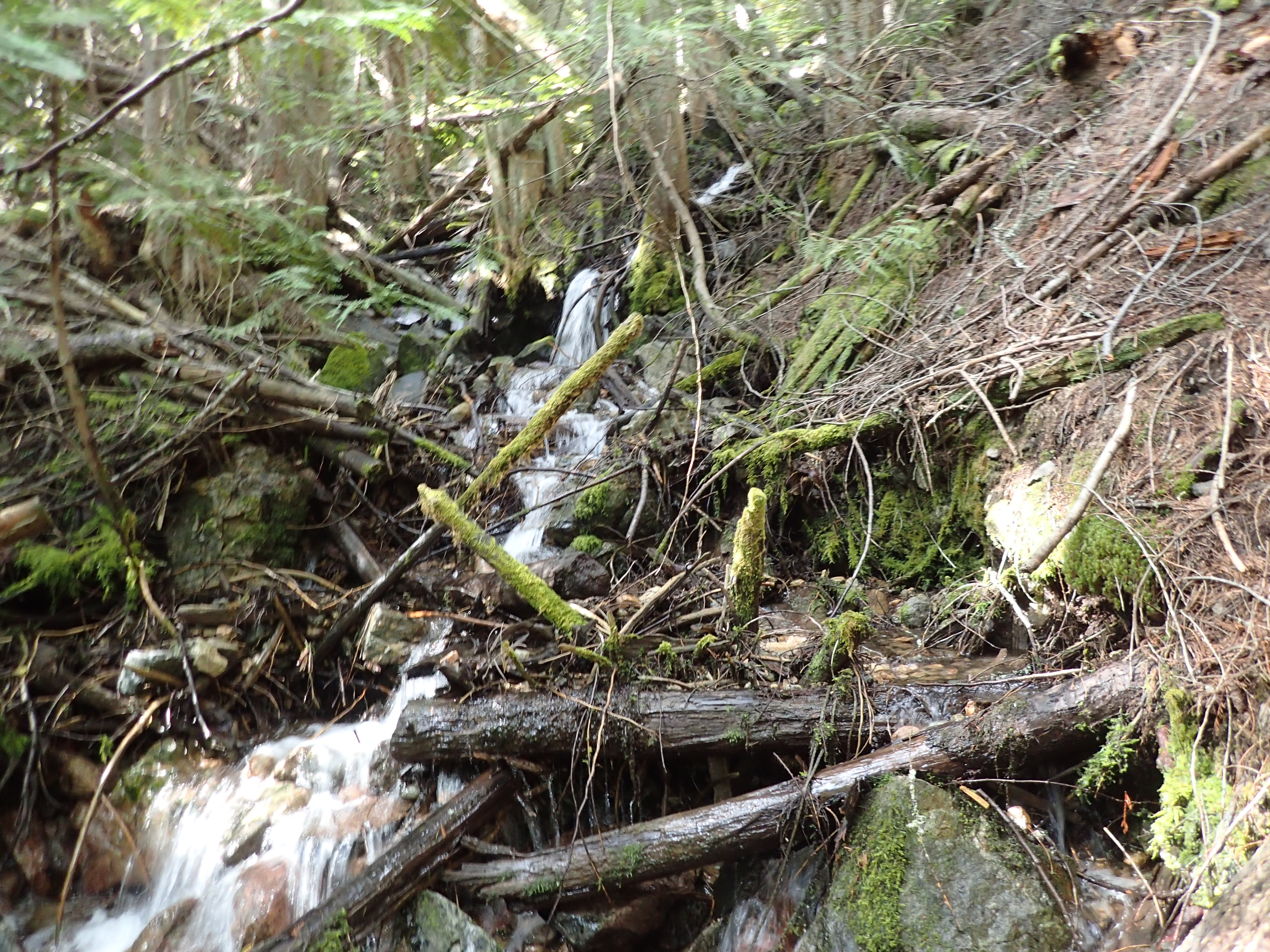
Download the full report: Slocan River Community Water Monitoring 2019-2020
Slocan River Community Water Monitoring 2019-2020 is a community-based monitoring program conducted by the Slocan River Streamkeepers. It is a continuation of a program that has been happening intermittently since the 1990’s. The program aims to monitor the effects of climate change and human activities on aquatic and floodplain ecosystems that provide habitat for many species and provide drinking sources and agricultural irrigation to local communities. Additionally, the project involves an environmental education program that aims to connect students to the rich and diverse web of life that contributes to a healthy watershed.
This report documents the ecological assessment and educational outreach program in the Slocan Valley for the 2019-2020 year. Previous assessments occurred between 2008 and 2013. Activities resumed in August 2019 and will continue into 2021. Four important issues threatening the integrity of the Slocan Valley watershed were chosen to be addressed:
- Effects of turbidity caused by stream bank erosion on water quality and aquatic species downstream of the landslide on Little Slocan River,
- Changes of water levels on community waters sources,
- The recovery of aquatic life in Lemon Creek.
- Rising water temperatures in Slocan River and its effect on aquatic ecosystems.
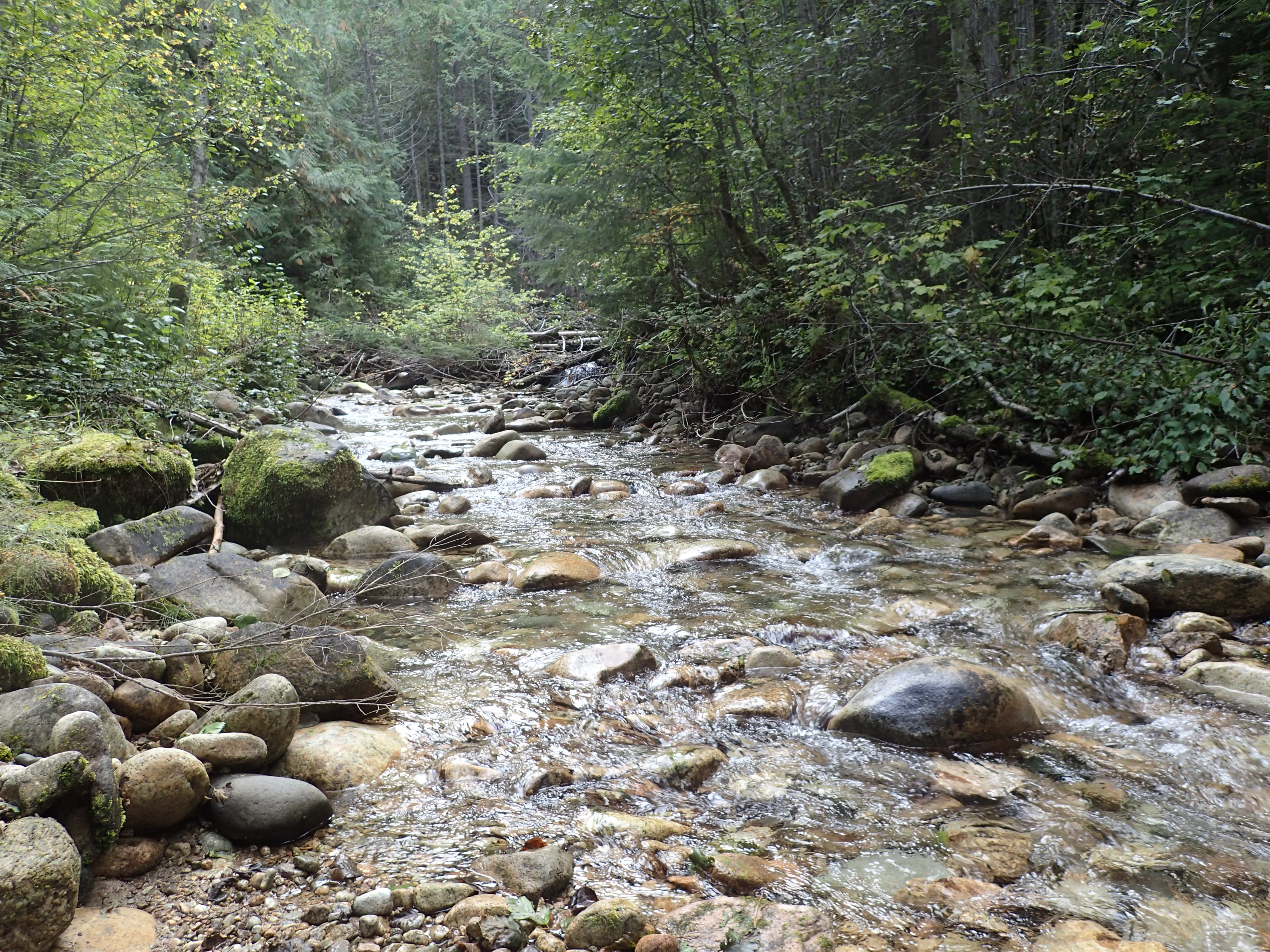

Water Monitoring on Springer Creek
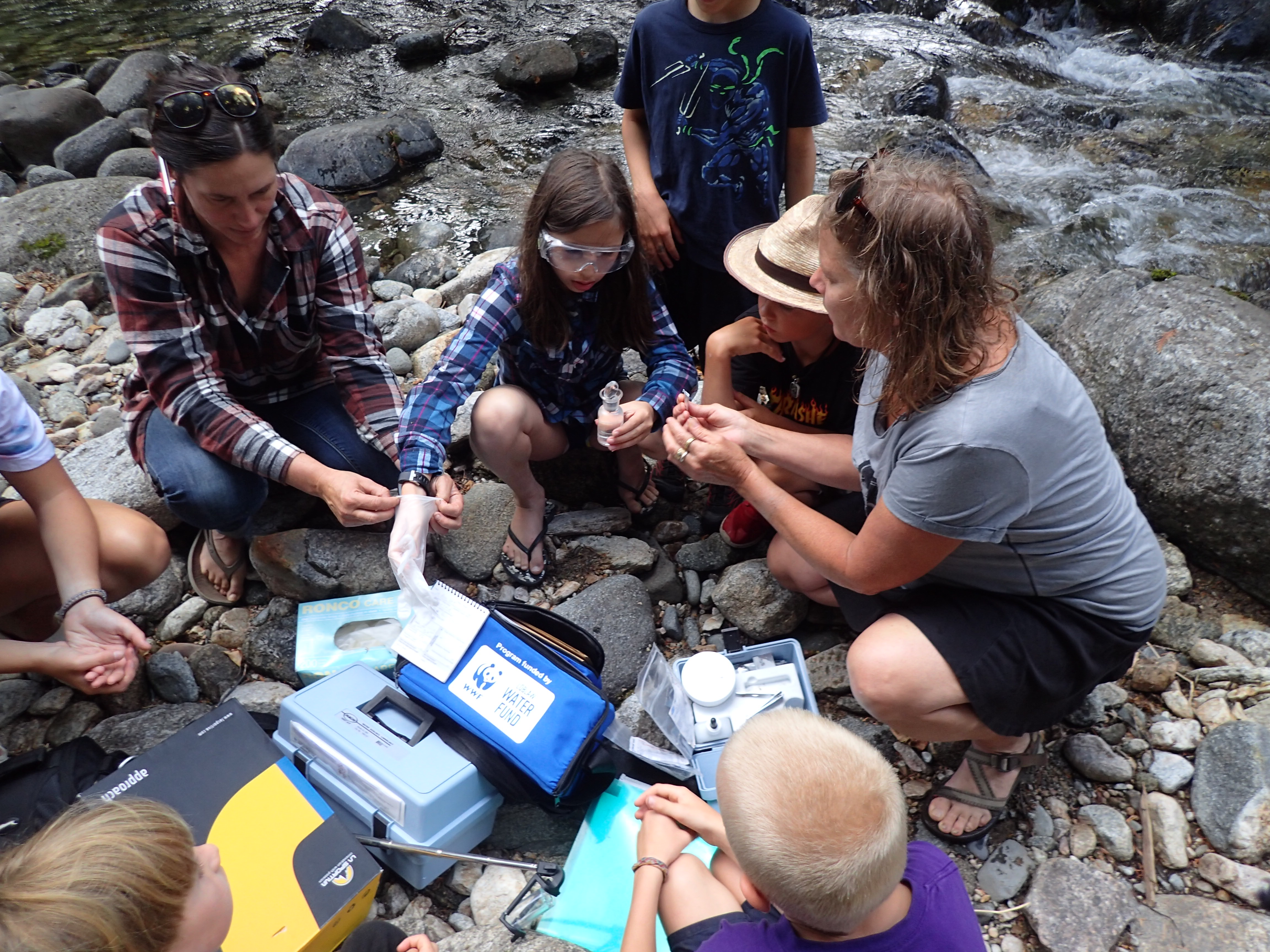
On Wednesday August 15th, 2019, Slocan River Streamkeepers’ Shanoon Bennett and Dominique Monnier hosted a community event to collect water quality data on Springer Creek, in Slocan B.C, using the Hach Test Kit granted by the Columbia Basin Watershed Network Society. A total of seven youths, and eight adults participated in the event and learned about why it is important to monitor water quality on local streams and how to do it.
Springer Creek flows into Slocan Lake and is important habitat for trout who depend on cold water for spawning and rearing, and for invertebrates- the bugs that feed the fish. Volunteers measured water temperature at 13.4 C, dissolved oxygen at 10 mg/L, and pH at 7.3. Results show that Springer Creek is currently well within optimal limits for fish and invertebrates. Furthermore, it is interesting to note that water temperature in Springer Creek was 6.3 C cooler than the Slocan River which was measured at 19.7 C on the same day. This is important because temperatures above 20 C can be lethal to juvenile trout meaning that they depend on cold streams like Springer Creek for refuge during the hot months of summer.
A big thank you goes out to CBWN and CBT for the Hach kit and to all those that attended and made this event such a great success.
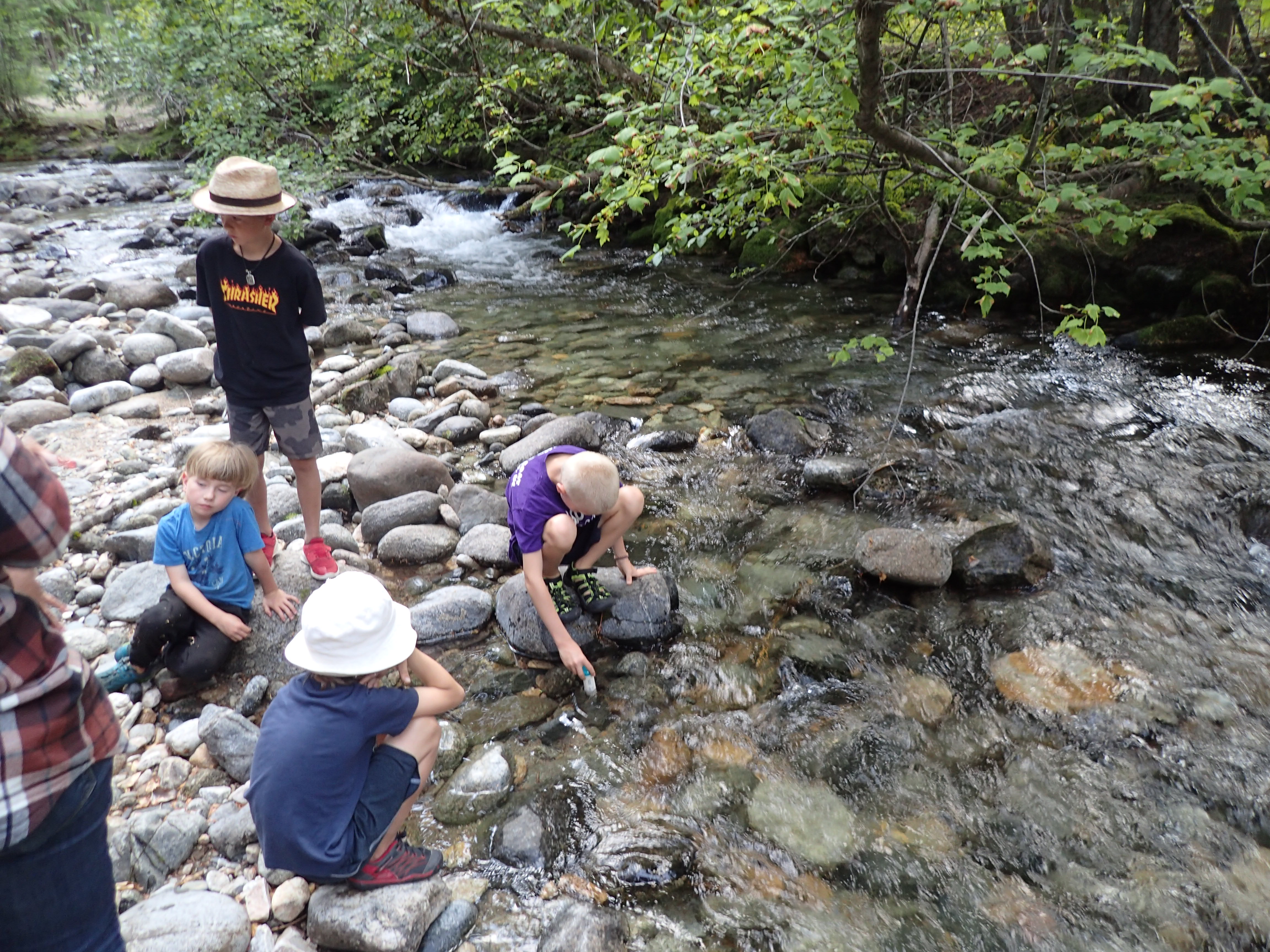
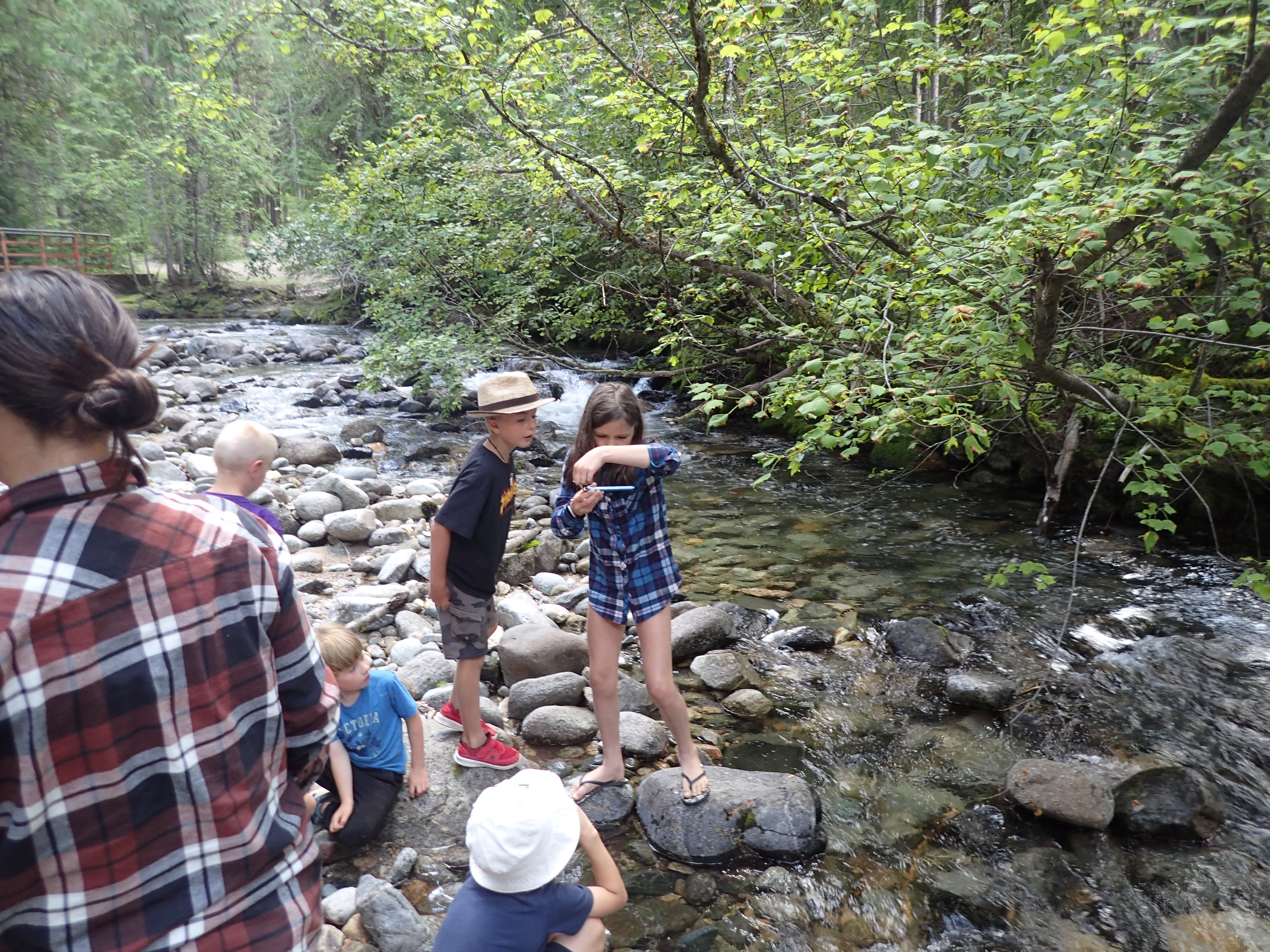
Water Monitoring
Previously in the Slocan Valley, citizen water monitoring had been instigated and carried out in connection with the forestry concerns of the Slocan Valley Watershed Alliance. In 2006, Valley residents were invited by Environment Canada to participate in a program initiated by that federal agency. It’s called the Canadian Aquatic Biomonitoring Network (CABIN).
CABIN’s focus is on aquatic insects. While CABIN becoming established in the Kootenays was the starting point for Streamkeepers’ water monitoring, the programs under our banner have since expanded to encompass water-chemistry, temperature and microbiological monitoring, as well. In addition, we are working with local scientists to develop a biomonitoring assessment tool for West Kootenay Wetlands.
For most of our history, our focus has been on the main Slocan River. Since the spill of aviation fuel in Lemon Creek in 2013, we’ve had a creek-monitoring project in that stream. We also have an ongoing water monitoring project in Springer Creek. Among our current interests are the changes due to warmer water temperatures, suggesting the need to include the bacteria testing that we now do.
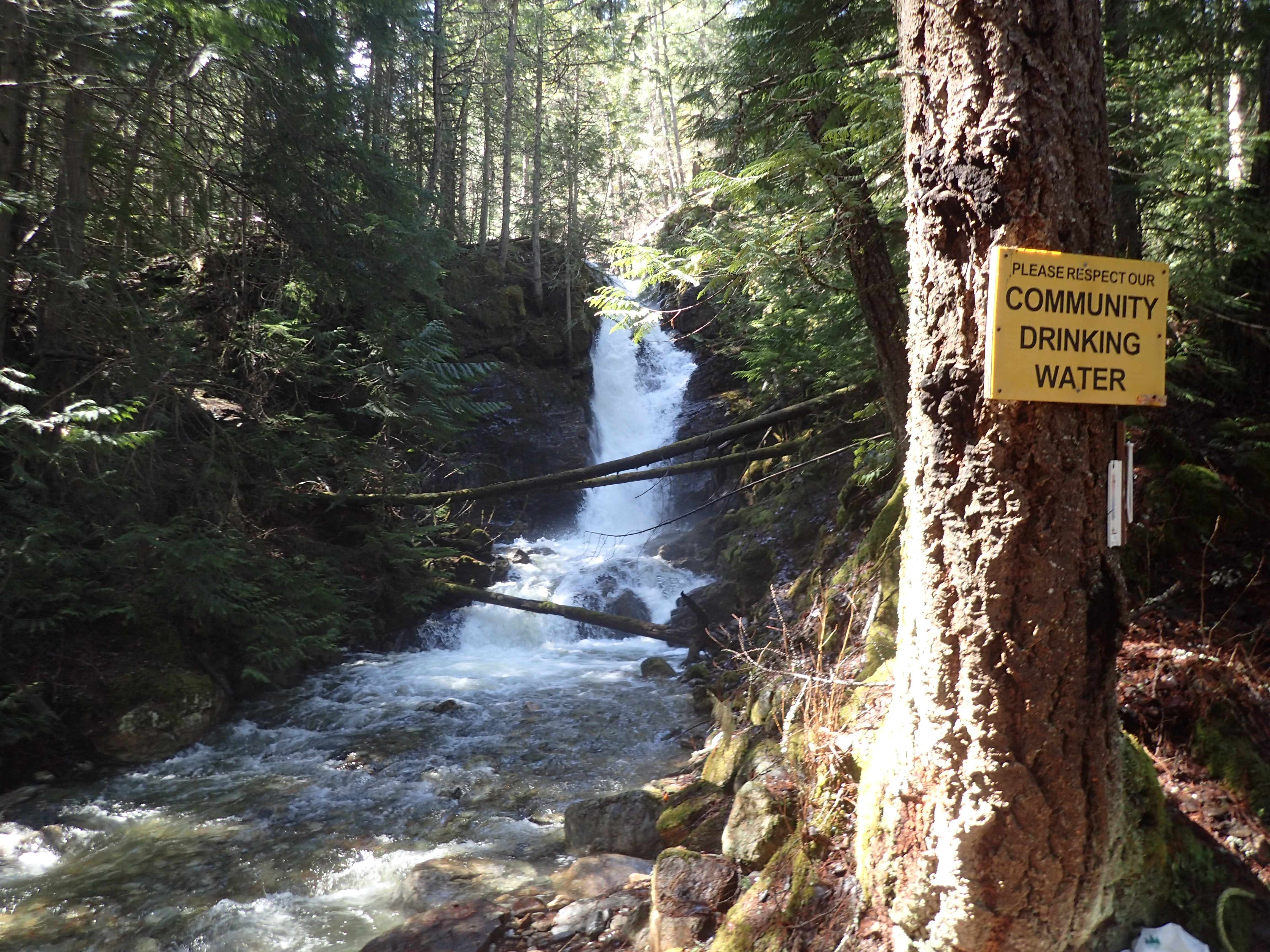
Slocan River Streamkeepers Water Monitoring Reports:
https://slocanriverstreamkeepers.wordpress.com/reports/
Columbia Basin Water Quality Monitoring Project (CBWQMP)
